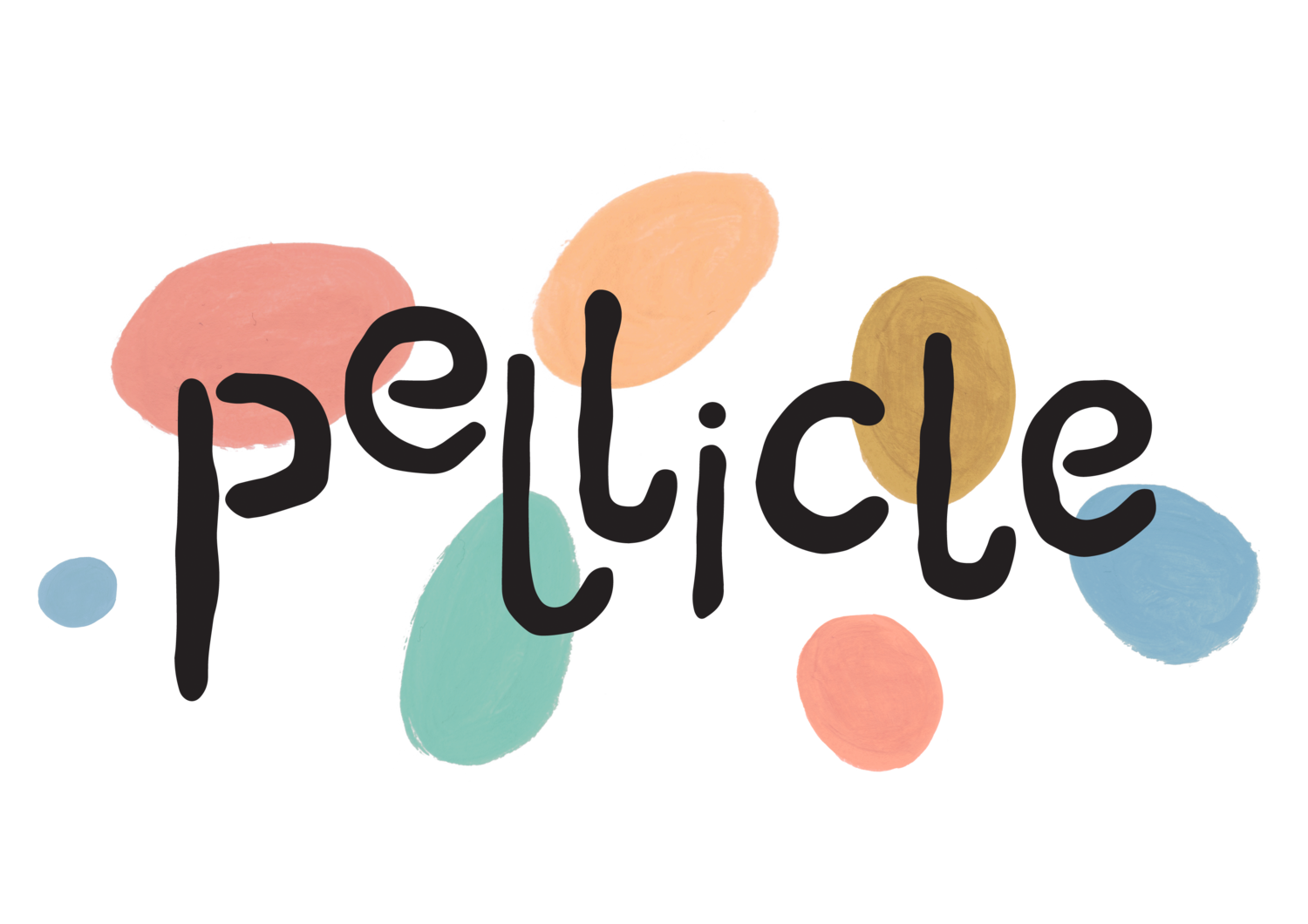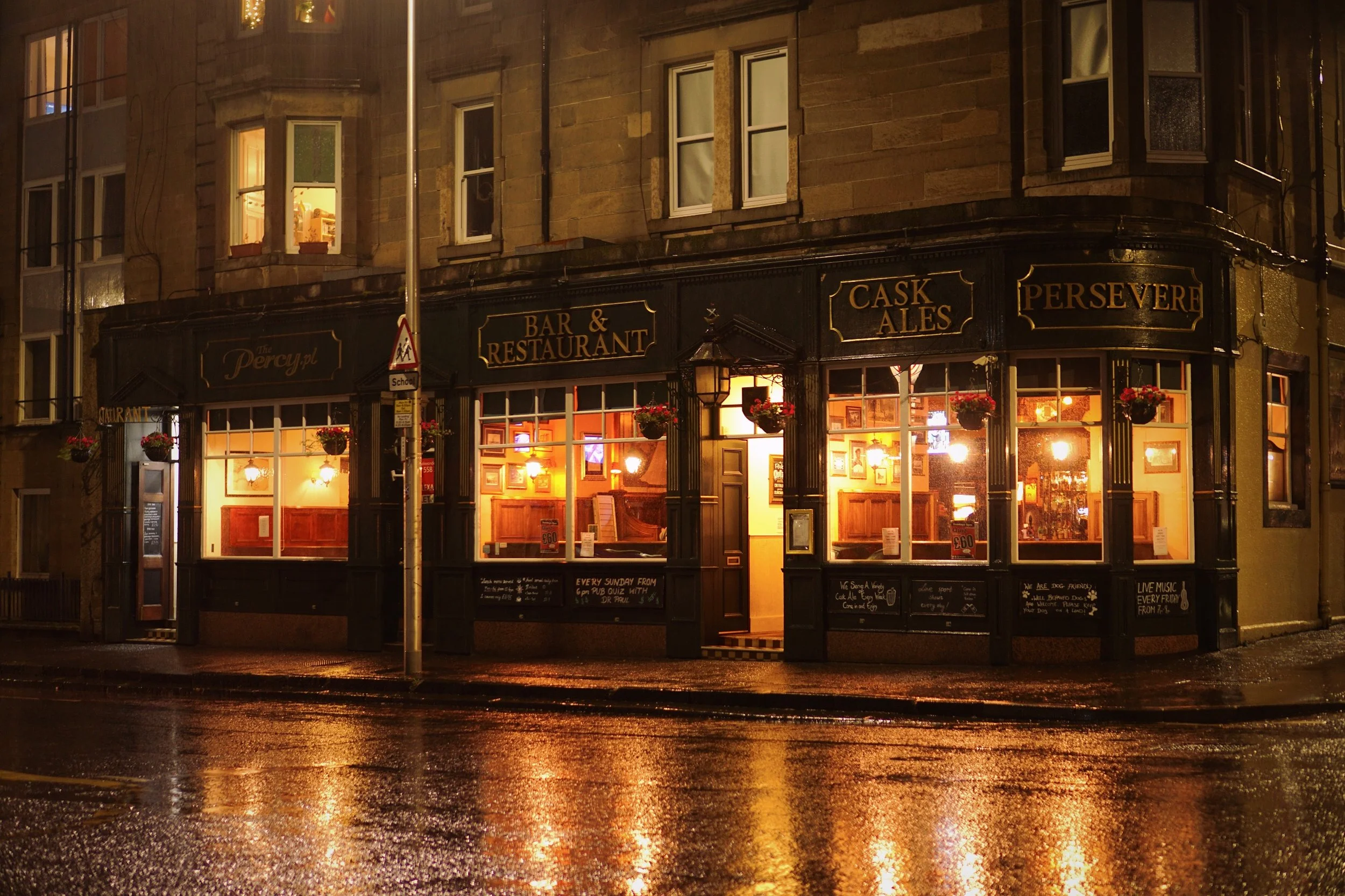Show Me Family — Fenceline Cider in Mancos, Colorado
At Fenceline Cider, age is just a number.
Some of the apple trees that contribute to their products are around 120 years old. Others might be just 10. What matters to owner Sam Perry is that they’re interesting.
“Whether they’re heritage or wild or unnamed or unclassified, I don’t care personally as much about that—I’m more focused on tannin and acid content in the apples,” he says.
“Making cider is like wine, you can’t make a 90-point wine from Concord grapes. It’s just all sugar and no complexity. Likewise, you can’t make great cider from Honeycrisp apples because there’s no flavour once the yeast eats all the sugar.”
To meet his standards, Sam sources apples for his cidery in Mancos, Colorado, from a handful of historic orchards and the wild apple trees around him in the southwestern part of the state, as well as from his own small farm.
Located a six-and-a-half-hour drive from Denver, more than 350 miles up and down, over and through the Colorado Rocky Mountains, Mancos is a different world from the Front Range where 90% of the state's residents live. It's almost as close to the Colorado-Utah state line (just 60 miles) as it is to the booming city of Durango, some 30 miles away, and home to 20,000 people.
Rural and hilly, nestled against the foothills of the San Juan mountain range, this part of the state still looks like a set from a classic western. Except in this movie, when the locals point towards a far-off mountain, mesa, or rock formation, it's not at an approaching threat, but to describe drainage basins and various microclimates.
Photography by Jasmine Beaubien
Because the area was such a powerhouse in the apple industry at the beginning of the 20th century, Sam has been able to source a wide variety of unique apples, both domesticated heirloom varieties and those that have propagated naturally since the industrial fruit industry largely abandoned the area.
“We just have this incredible palette to work with,” he says. The bulk of his apples come from a couple of old orchards in the Dolores and Cortez areas, even further west towards the high desert and mesas of Utah, as well as the north Animas Valley, in the mountains north of Durango towards Silverton.
The orchards are steeped in local history. One was part of an old cider vinegar plant that supplied vinegar to the mines in Silverton. Sam has a partnership with the Old Fort in Hesperus, southeast of Mancos, which was founded in 1881 as a military fort and later became the original home of Fort Lewis College.
“They had an agricultural component, and they planted this experimental orchard,” Sam, himself a 2005 graduate of Fort Lewis College in Durango, says. The partnership allows him to take what the educational programs there haven’t harvested from the 100 to 120-year-old trees there.
“For one reason or another, they kept the trees, but they’re really good cider apples and really bitter crabapples that come out of there. I’m not sure if that was a row that was planted as rootstock or pollinators, but they make really good cider, and it’s up at 8,000 feet (2438 metres,) so you get good sugar content.”
The college, which manages the property, takes the bulk of the harvest for their own market, with what’s left going to Fenceline. “We do a cool collab with them, supply cider for some of their events and stuff, [and] fundraisers for the farm program at the Old Fort,” Sam says.
A valuable resource in locating historical orchards, and sometimes even identifying specific trees in the area, has been the Montezuma Orchard Restoration Project. MORP’s work centres on identifying and preserving the region’s depleted but still vast level of apple biodiversity.
While the organisation has different priorities to Fenceline, co-founder Jude Schuenemeyer sees value in the work Sam and others are doing to bring attention to local cider, and by extension to local history and local agriculture.
““Making cider is like wine, you can’t make a 90-point wine from Concord grapes.””
“We’re seeing the cideries, and Fenceline especially—and they’re smart doing this—they're building off of the story of what happened,” Jude tells me. “We could grow some of the best quality fruit on earth, so of course we should be able to transfer that to producing some of the best-quality cider on earth.”
“I like that Fenceline is looking at the bigger story. Everything we do is about taking these gifts from the past and passing them forward. So when Fenceline is using that kind of language, it's really synergistic,” he adds.
Jay Kenney is a fellow cidermaker and owner at Clear Fork Cider a few hours north of Mancos, in the North Fork Valley of the Western Slope. He started planting his own orchards around the same time as Sam, and was relieved to learn that he wasn't the only one chasing a potentially quixotic goal of providing premium cider to a market that didn't seem to be asking for it.
"I was just so happy to see somebody else going in the direction that I was going, which is, not just trying to buy juice as cheaply as possible from the Pacific Northwest, having that trucked over in a tanker truck and using that as a base for flavourings, botanicals, and everything,” says Jay.
“I just admire what Sam's been able to do at that high end. And at the same time he figured out that you can't just sell high-end cider. You need to produce cider in affordable six packs and aluminium cans, and I think he's done that successfully as well.”
***
Sam tells me how he first became enamoured with local apples “as a starving college kid.” Noticing all the apple trees in the area, he would try to pick as many as possible each fall, eventually sending him down the road toward cider production.
“It started as a gallon jug on the fridge in college as a hobby. ‘Oh, cheap alcohol? That’s great.’ It sort of snowballed from there. The first ferment was a gallon, then it was five, then it was 50,” he says. The catalyst that steered him towards making cider professionally was a wedding; his friend’s brother was getting married, and his friend made a whole barrel of cider for the reception.
“At that point, we didn’t know cider could be so good. My buddies and I were like, ‘I don’t know if that’s such a good idea. We might need to go get some beer’,” Sam says. “But at the wedding reception the cider was really good. We drank the whole barrel.”
He co-founded Fenceline with local winemaker Joe Buckel, who helped Sam make the technical leap from home to commercial production before leaving the company and relocating to Crested Butte in the centre of the Colorado Rockies. They built out the cidery over a couple of years as inexpensively as possible, mostly with used equipment found in classified ads. In February 2016 the cidery opened in a former cabinet shop right on the Mancos River.
In addition to a healthy amount of fermentation space, Fenceline has three 900-gallon French oak foeders for their aged ciders. Sam likes to ferment on the cool side, around 50ºF to 60ºF (10ºC to 15.6ºC) to preserve as much of the volatile character of the cider as possible.
Slow and gentle fermentation helps to retain the apples’ unique personality, rather than a vigorous fermentation that creates a lot of carbon dioxide and turbulence in the fermenter, with excess CO2 stripping out and carrying off the more delicate flavours and aromas.
““You can’t just sell high-end cider. You need to produce cider in affordable six packs and aluminium cans.””
“Apples have some really light esters, and if you do a hot, fast ferment, your cidery will smell really good, but that’s all the apple flavour basically leaving the product,” he says.
Because apples grown from seed don’t stay genetically true to their parent trees, they result in a much more diverse selection of sizes and sensory properties. The wild-propagated apple trees Sam harvests offer wide and unpredictable variety in flavour quality, acidity, and tannin, which he finds particularly interesting as an ingredient.
“The trees that do grow wild and get propagated naturally end up being genetically unique and more like crabapples than their parent apples,” Sam says. “They tend to be more acidic, have higher levels of tannin, they’re smaller, so the skin-to-volume ratio is higher. You get these apples—what the old timers call spitters or deer apples—they’re not very good for eating, but they have all those great compounds, tannins, acids, that make a good cider.”
The wild-cultivated apples are also the source of the cidery’s name, a reference to the number of apple trees that grow along the old fences in the area.
“That’s where birds have gone out into the orchards, eaten an apple, landed on the fence wire, dropped the seed, and that seed, as it’s growing up, the fence kind of protects it from getting blown over or grazed down,” Sam says. The brand’s labels often feature local birds as a nod to that aspect of their story.
***
Many of the trees Sam sources from date back to Colorado’s late 19th century homesteading days, when settlers brought hundreds of varieties of apples to the state. Homestead plots often included dozens of varieties that were good for different food and beverage uses, and ripened on a rolling schedule that allowed one family to manage a single homestead plot.
Later, near the turn of the 20th century, the commercial apple industry in Western Colorado was one of the largest-producing areas in the country. The climate in western and southwestern Colorado—dramatic diurnal swings from hot days to cool nights, even in the summer—stresses the fruit trees and causes them to produce higher levels of flavour and aroma compounds, creating some of the best fruit in the world.
A few decades later, though, because of pests, consolidation, and an industry transition to the Pacific Northwest, many of the old orchards were abandoned. As a result, there are plenty of centenarian apple trees among the old plantings, but they’re not always what Sam is looking for.
“If you look around the county, there’s a lot of Macintosh and Jonathan and those kinds of varieties in the historic orchards, and those have the right amount of acid we need for a good, balanced cider. But they don’t have the tannin content that I’m looking for in the type of ciders that I like to make,” he says.
“Some of the historic varieties do have that, but a lot of the historic varieties were also selected for eating, which makes them intrinsically less bitter or tart than I’m looking for.”
““We could grow some of the best quality fruit on earth, so of course we should be able to transfer that to producing some of the best-quality cider on earth.””
The old varieties that work, though, can offer a one-of-a-kind experience for the drinker and a valuable differentiator for the cider-maker. Jay Kenney started tapping into Colorado's old orchards around the same time as Sam—both of them through MORP—and recognised the storytelling value and the distinctive opportunity they offered.
“There's also, for me, the beauty and romance of these old orchards,” Jay says. “It's cool stuff, and you get to make cider from old varieties that nobody else has. You're not going to be able to taste this cider anywhere else in the world, because these trees are that unusual, and that part, to me, is super interesting.”
Everything gets tasted and tested as it comes in to Fenceline, and will get sorted between different products. Some will go into various canned products, including ciders that are hopped, aged in the foeders or in local whiskey barrels, flavoured with elderberry, or co-fermented with grapes, and they’ll put up a few barrels of very tannic or single-orchard cider that will go into 750ml bottles for the tasting room and their cider club.
The best fruit from the old local orchards will get blended into their canned flagship, Seedling. “For me, it showcases the flavour profile of southwest Colorado fruit, where it’s a lot of the historic orchards, the blend of those apples, and we cherry-pick the best fruit from the local, historic orchards and blend it into that product,” Perry says.
Seedling is relatively dry and nuanced, a delicate balance of tannins, acidity, and aromatics. It's approachable without compromising the values of a classical cider—no added sugars or flavour concentrates here. Thunderbolt, a wild-fermented, oak-aged blend of apples and crabapples is another excellent expression, reflecting more complexity while still being available as a canned product.
The real gems in Sam's portfolio, though, are only available at the tasting room or through their cider club. Old Fort, Dolgo Crabapple, Golden Russet, Porter's Perfection, Biddie's Orchard, and other single-varietal or single-orchard expressions are packaged in 750ml bottles with the vintage noted on the label. Each offers a pure, richly layered window into some of the local fruit that has endured for more than a century.
The cidery’s cans have a note on them in very small print: ‘Upcycling wild and heritage apples from the Colorado Plateau into extraordinary craft cider.’ Through Fenceline Sam has taken a discarded piece of Colorado history—a filthy antique that had been abandoned—and brought it back into the light. People like him, and Jay, and even Jude and Addie in their own way, have taken something that had been cast aside as a waste product, polished it, and revealed it as the beautiful heirloom that it is.
Sam's own orchard, nine acres about five miles south of Mancos, is still young and not producing at full capacity yet. He’s getting about five percent of his apples from there at the moment, but hopes that one day it’ll be producing 50% or more of the company’s needs. He originally planted about 100 varieties, and about 40 to 50 of those have not proven to be well-adapted for the long, hot days and cool nights at 7,000 feet elevation.
“Of those, we have about a dozen that we’re planting in bigger numbers, bigger quantities,” he says. For the most part, he’s growing different varieties than what he finds abandoned or growing wild. He’s grafting more French and English bitter apples such as Blanc Mollet and Dabinett, which he can use as a blending component for historic orchard fruit that may lack a strong enough tannic component.
“There’s some overlap there, but in my orchard, I’m looking for different stuff” than is already growing, he says. “I look to the old-world stuff from England and France that was used for cidermaking for hundreds of years over there. My orchard is sort of like an experimental field station for tannic apples that do well in Colorado.”
For someone like Jude Schuenemeyer, Sam is writing a new chapter in an already rich history. Bringing in varieties that might not have been in Colorado a century ago only contributes to and broadens the story of the industry, and hopefully helps to carry it forward.
“It's not about the past, it's about the future. It's about what we can do with it now and what we can do in the future,” he says. “You have people like Sam that really care about tradition and they want to make something that’s a good-quality product.
There is the realistic—what you can put in a container and what you can sell it for—and then there's just the obsession over how good you can make something. And there are so many people in the cider industry in Colorado that have that obsession. That's what's sweet to watch, right?”





























